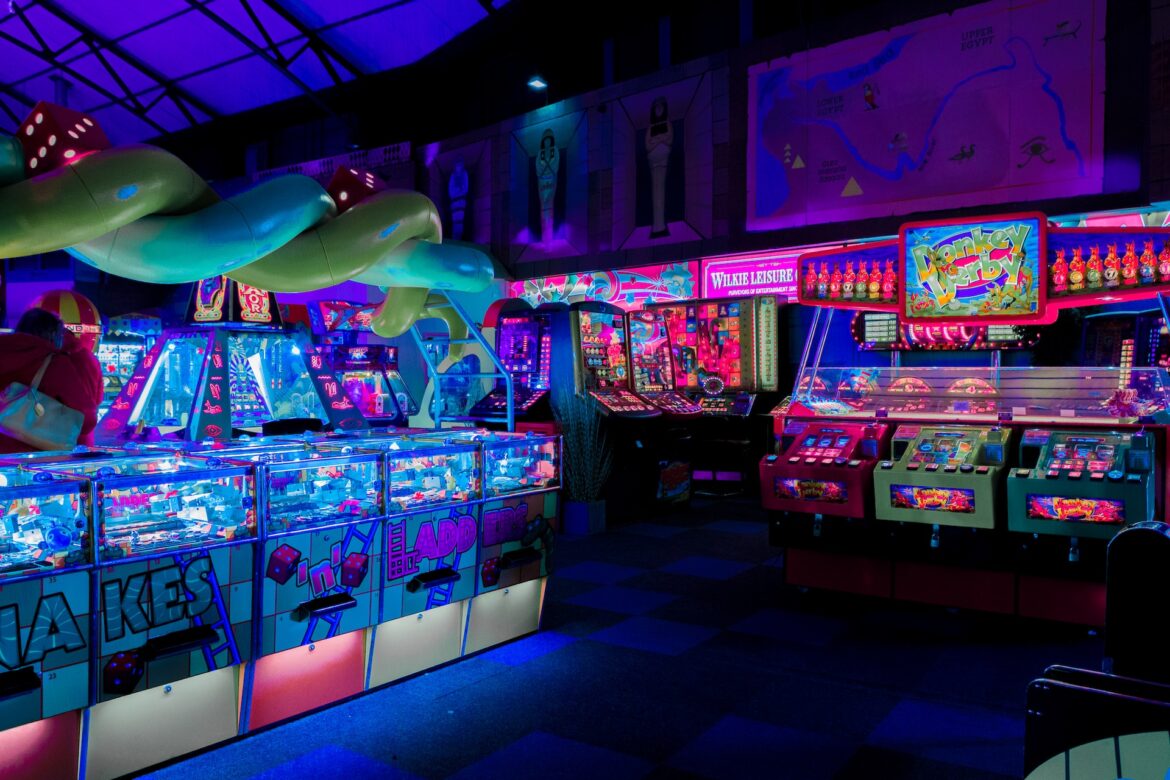For many people, arcade video games are synonymous with a distant and nostalgic childhood marked by days spent at malls or amusement parks. For others, those younger generations more familiar with online games and RPG adventures, they might be a foreign concept.
Yet, arcade games are still around – in restaurants, bars, cruise ships, and more – and they have a rich history spanning five decades. Throughout these years, the industry has massively influenced the video game world as we know it. It has also experienced highs, lows, and several transformations. In what follows, we break down the origins of arcade video games and touch upon their decline and current state.
Computer Space and the Early Days of Arcade Video Games
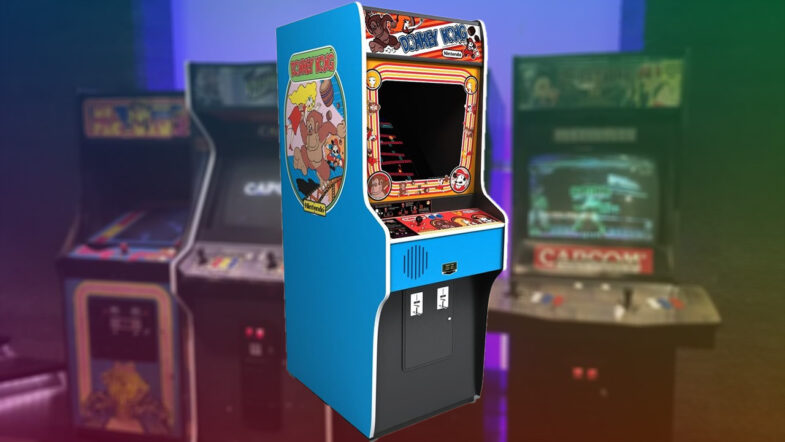
Source: gamespot.com
The origins of arcade video games can be traced back to the release of Computer Space in 1971. Around that time, entertainment arcades were synonymous with youth and dominated by pinball machines.
The brainchild of Nolan Bushnell and Ted Dabney, Computer Space saw players piloting a spaceship, engaging in a one-on-one battle against a computer-controlled flying saucer while avoiding asteroids. It became the first-ever commercially sold, coin-operated video game.
However, Bushnell and Dabney’s journey began much earlier. Around 1962, Bushnell became obsessed with Spacewar!, one of the first computer games. The game would go on to inspire Computer Space. While the latter was a groundbreaking invention, it didn’t have the impact its creators had hoped for. Indeed, its complexity proved daunting for the average bar-goer, leading to disappointing sales. According to Bushnell, another contributing factor to the game’s lukewarm reception was a poor marketing strategy.
Despite the disappointing outcome, Computer Space generated around 3 million dollars, which allowed Bushnell and Dabney to fund the game manufacturing company Atari.
Pong, Pac-Man, and Other Prominent Titles
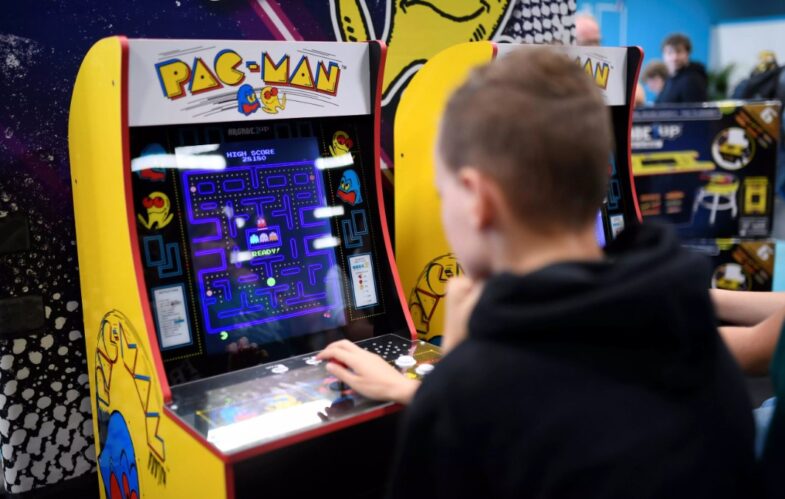
Source: m.economictimes.com
Not too long after the release of Computer Space, Atari landed its first hit. Pong, conceived in 1972 by co-founder Bushnell and developed by engineer Al Alcorn, emerged as a groundbreaking arcade game. Inspired by the simplicity of table tennis, Pong simulated a virtual tennis match with two paddles and a ball, allowing players to engage in an electronic sport. By 1974, the game had sold 4,000 units.
In 1980, Pac-Man was created, marking another milestone in the arcade video game history. From the mind of Japanese designer Toru Iwatani and released by Namco in 1980, the game saw players guiding Pac-Man through a maze, devouring pellets while avoiding ghosts. Iwatani drew inspiration from a pizza missing a slice to design the iconic character. By now, the arcade industry was booming, seeing an astronomical growth of $3 billion per year.
Another prominent arcade video game title was Donkey Kong, conceived by legendary designer Shigeru Miyamoto and released by Nintendo in 1981. Miyamoto’s vision birthed iconic characters like Mario and Donkey Kong. The game unfolds as Mario navigates platforms, avoiding obstacles and rescuing the damsel in distress from the titular Donkey Kong. Donkey Kong’s success propelled Nintendo into the gaming spotlight.
The Decline of Arcade Video Games and the Rise of Home Consoles
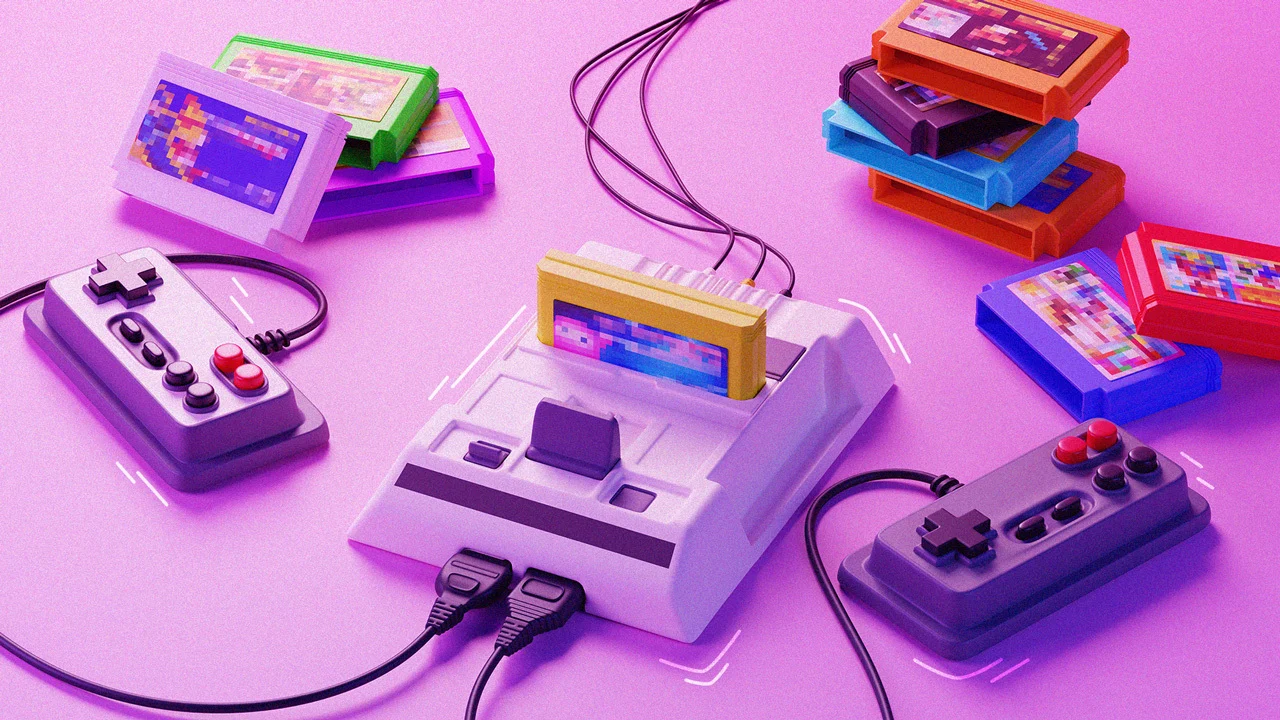
Source: pcmag.com
The golden age of arcade video games would be a short one. The market was becoming saturated and arcade owners tended to order more machines than their customers could support. In the U.S., arcades were associated with vandalism and bad behavior, cementing fears about the effects of video games on the American youth.
By the late 80s to early 90s, home consoles rose in popularity, displacing arcade video games.
For example, the Nintendo Entertainment System (NES), released in 1985, was a pioneering 8-bit home video game console by Nintendo. It played a crucial role in revitalizing the video game industry, offering iconic titles like Super Mario Bros. and The Legend of Zelda, with a simple rectangular controller. On the other hand, the Sega Genesis, launched in 1988, was a 16-bit console by Sega, featuring a more powerful hardware architecture. It introduced Sonic the Hedgehog and engaged in a fierce rivalry with Nintendo.
In 2005, New York City had around 25 arcades, a significant drop from the hundreds it had just ten years earlier. By 2011, the number had decreased to fewer than ten.
From Coin-Operated Machines to Online Games
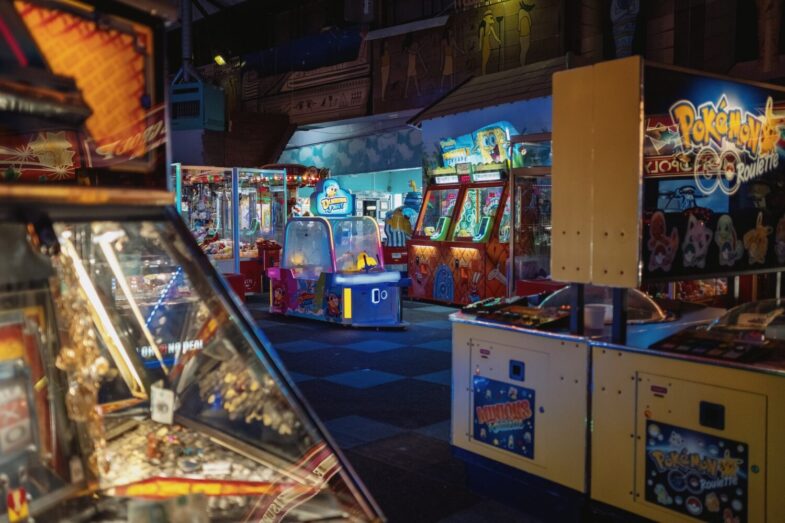
Source: unsplash.com
Despite their sharp drop in popularity, arcade video games are still around. Nowadays, it is possible to access classic titles or arcade-inspired games on various online platforms. Take Bubble Hit, a bubble shooter where players must score points by bursting colorful bubbles on the board by using an arrow shooter. The game is accessible through computers as well as iOS and Android devices. Other emblematic games from the 80s such as Donkey Kong, Pac-Man, Street Fighter, and Tetris have also been adapted for online mediums.
Consoles have also been quick to capitalize on classic arcade video game nostalgia. In 2018, Atari released the “Atari Flashback® Classics Vol 1”, a collection of 50 arcade and home console hits for Xbox and PSP. This was followed by volumes 2 and 3, totaling 150 games. That same year, Nintendo released a collection of 13 arcade classics, including Pac-Man, Galaga, Rolling Thunder, Skykid, and Tank Force. Other notable collections include Neo Geo Pocket Color Selection, the Street Fighter 30th Anniversary Collection, and Midway Arcade Treasures.
Arcade video game developers are adapting to modern-day technologies by embracing VR (virtual reality) and AR (augmented reality). In fact, “VR arcades” offer a catalog of games that customers of all ages can play using high-end VR equipment.
To conclude, arcade video games have a rich history that began in the 1970s with the introduction of Computer Space. After a golden age in the 80s, they experienced a decline in popularity due to factors such as the rise of home consoles. Nowadays, many arcade video games are available online, while others have been compiled in special collections for consoles. With the proliferation of technologies such as VR and AR, arcade video games might continue to evolve and remain a part of popular culture.
